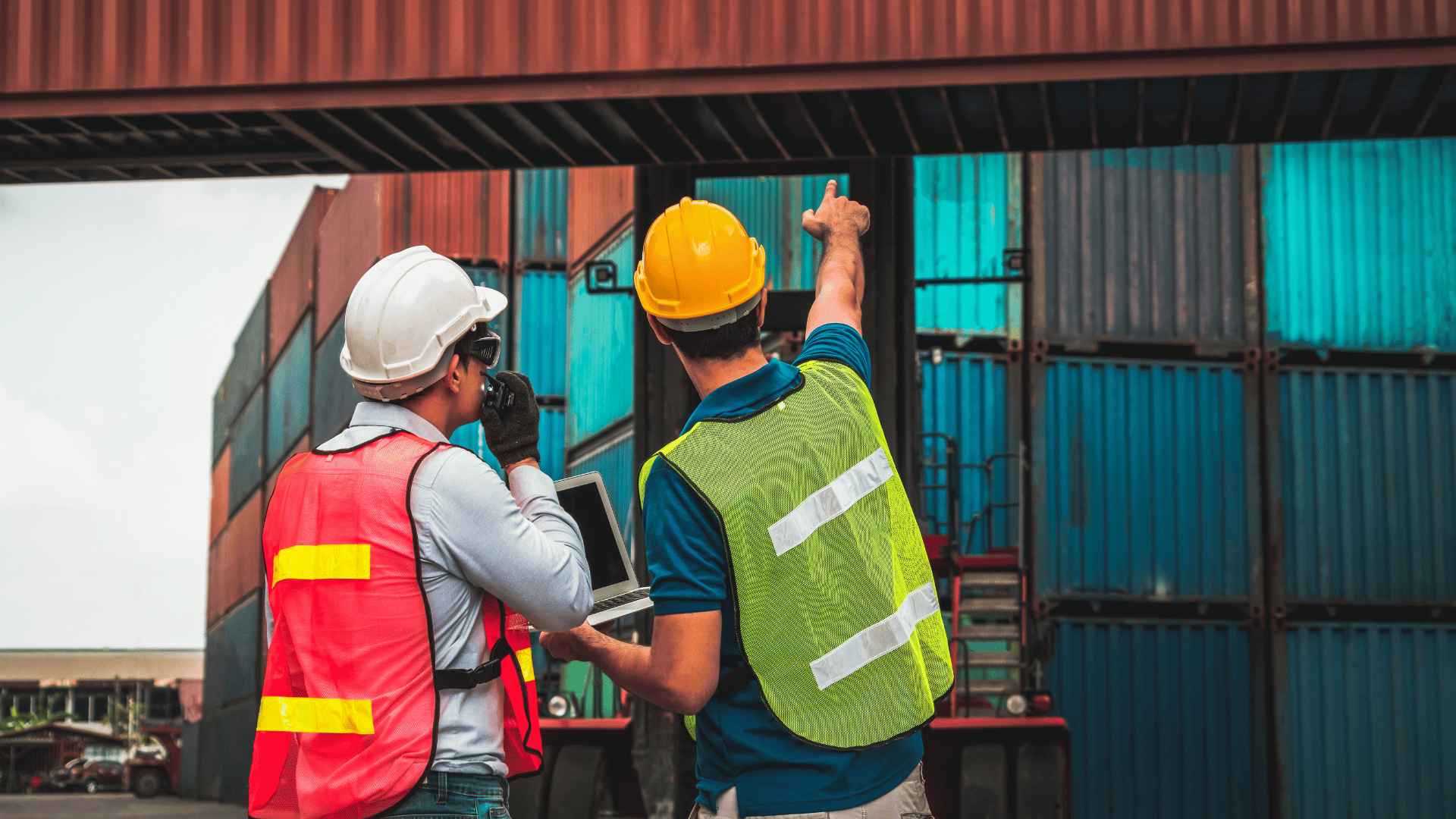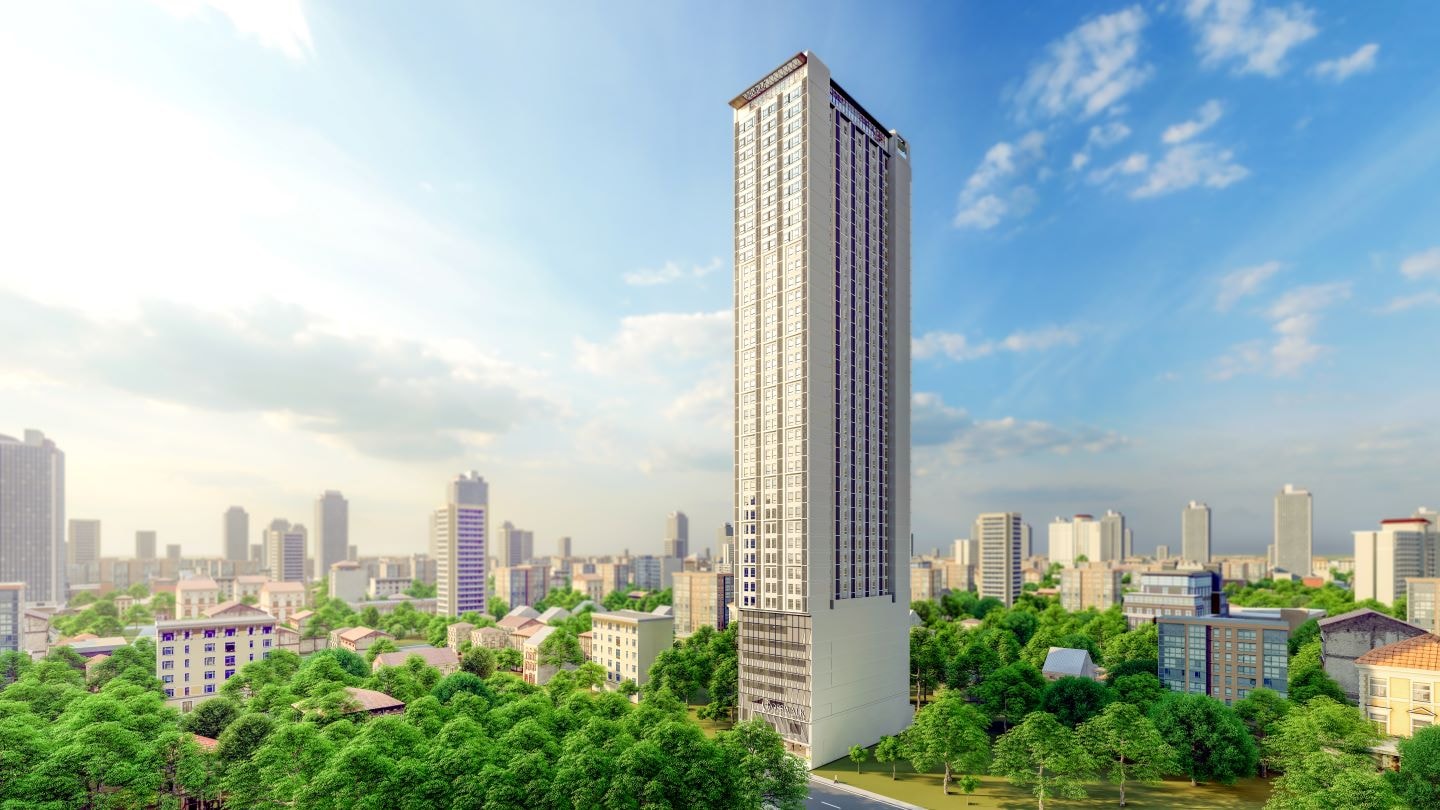Filipinos stand out as a group of exceptionally dedicated workers, possessing qualities that greatly attract people from various ethnic backgrounds. Due to this, hundreds of thousands of overseas Filipino workers (OFWs) leave the Philippines every year in search of employment opportunities on a global scale. Approximately 1.83 million Filipinos were estimated to have been employed in other developed economies between April and September 2021.
Leaving developing countries such as the Philippines is beneficial for these workers, as well as their families, due to the surplus of exceptional opportunities abroad in recent years. Moreover, labor exports are also what have kept Philippine economic activity in its increasingly developing state for the past few decades.
Prior to the COVID-19 pandemic, roughly 10 million Filipinos, which constituted approximately one-tenth of the Philippine population, resided and worked overseas in roles such as domestic workers, seafarers, healthcare professionals, and various other occupations. The majority of overseas Filipino workers come from Metro Manila in the National Capital Region (NCR), and the second largest group originates in Calabarzon.
In what ways do overseas Filipino workers (OFWs) contribute to economic growth?
In the Philippines, overseas Filipino workers are widely regarded as modern-day heroes because their employment in foreign nations has substantially diminished poverty and been instrumental in turning our previously challenged Philippine economy into the flourishing one we witness today.
Over the last few years, OFW remittances have continuously grown to more than USD 25 billion per year, and this is still expected to rise as more economies gradually reopen after the shutdown caused by the pandemic.
Inward remittances boost disposable income, even when a homeowner generates their own income within the household, consequently increasing consumer spending. Since money is sent by overseas Filipino workers to their families and provides them with their basic needs, both goods and services, wage gains are recorded in various sectors of local industries.
Similar to the exports we trade with other nations to generate foreign currency, these overseas remittances have served as a reliable source of dollar income. Its ability to withstand various crises is seen as a positive factor in the economic recovery by both authorities and local governments, benefiting Filipinos and overall macroeconomic development.
No Way but Up: The PH Economic Activity Post-pandemic Explained
It goes without saying that economic activity has exorbitantly diminished in light of the global pandemic that hit the countries in 2020. This global financial crisis was equally evident in the Philippines, as many economies experienced difficulties due to the closing of markets, malls, and other sources of retail trade, as well as other forms of businesses and services.
With that said, we are expecting nothing but strong growth in the months to come now that pandemic lockdowns have already eased up. Due to a rising trend in urbanization, an expanding middle class, and a sizable and youthful population, the Philippines' economic vitality is underpinned by robust consumer demand. This is reinforced by a thriving labor market, substantial remittances, and, based on past-year trends, is forecast to continue.
Despite facing shocks, including the world financial crisis and the challenges posed by the COVID-19 pandemic, the poverty rate saw a decrease from 23.5 percent in 2015 to 18.1 percent in 2021. The Philippine economy has experienced recent growth, with an acceleration from 5.6 percent in 2021 to 7.6 percent in 2022.
Through ongoing economic recovery and reform initiatives, the nation's progress is steadily experiencing growth, with the goal of transitioning from a lower middle-income country, characterized by a gross national income per capita of US$3,640 in 2021, to an upper middle-income economy in the near future, as per forecast and upward revision.
However, high inflation has been recorded across local economies in the first half of 2023, which increases the cost of production and, as a result, the prices of goods and services, including housing, transportation, and food prices. A slower pace in GDP growth to 5.6 percent is anticipated during the second quarter, but this figure is anticipated to remain robust enough to contribute to a full-year GDP increase of 6.1 percent.
Recovering from a Global Financial Crisis: The State of the Global Economy After the Pandemic
The COVID-19 pandemic had a profound impact on the world economy, resulting in a global economic crisis. Many countries experienced economic recessions or contractions as lockdowns and restrictions disrupted economic activity.
However, by mid-2021, there were signs of recovery and growth in many parts of the world. Governments and every country's central bank implement various stimulus measures and monetary policies to support recovery and growth.
The state of the world economy currently is nothing short of flourishing, but forecasts say we should still expect a worldwide economic deceleration that affects both advanced and emerging nations, and numerous countries are confronting the possibility of entering a recession in 2023.
Why Overseas Filipino Workers Must Remain Aware of the Current Economy
The goals of the governments and business leaders of developing countries such as the Philippines must not come into conflict with the goals of the private sector.
Economically speaking, Filipinos working abroad and their remittances are what have been aiding the Philippine economy in its path towards recovery and growth, from its pandemic state back to pre-pandemic levels or better. So it is important that these heroes remain aware of the current status of the economy they are helping support.
Moreover, it is important that they stay updated with the current prices of food, transportation, real estate, health care, and other services in the country so they know where their income is directed. They should also be up-to-date with recent rising interest rates on investments.
The Private Sector and Booming Philippine Economies
The forecast tells us that the Philippine economies are bound for tremendous growth in the coming months and years after experiencing various crises. This economic rise is expected to make the lives of Filipinos in a wide array of sectors less heavy with the lowering of prices and wage gains brought about by better monetary policy.
It's important for overseas Filipino workers to stay aware of the economy in their origin country because economic conditions there can impact their financial decisions, remittance sending, and long-term plans, ensuring they can respond effectively to changes and opportunities.










